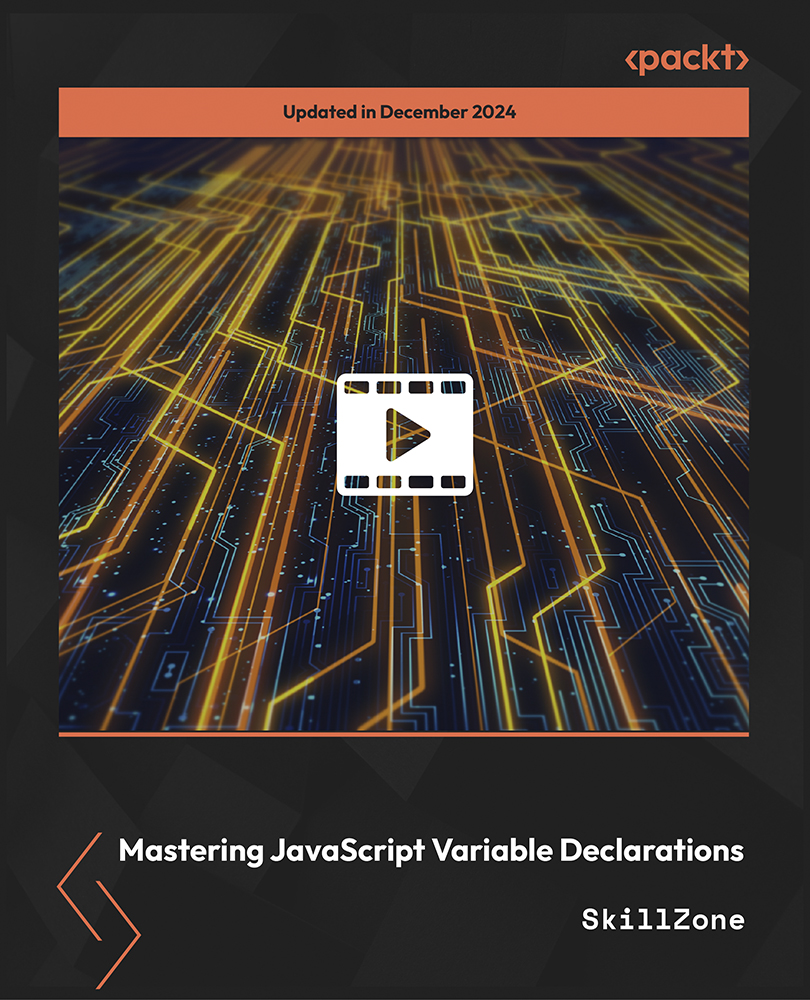Jacobo Rodríguez is a real-time computer graphics programmer living in the north of Spain. He has working experience with computer graphics, digital photogrammetry, computer vision, and video game development. Jacobo has worked for cutting-edge technology companies such as Metria Digital and Blit Software, and has also worked as an entrepreneur and freelancer for a variety of clients of platforms such as PC, iOS, PlayStation 3, PlayStation Vita, and PlayStation Portable. Jacobo has been working and learning at the same time for the last 20 years in the computer graphics field in roles ranging from junior programmer to project manager, passing through R&D director as well. Jacobo has always been very committed to the computer graphics community, having released for free the OpenGL Shader Designer: the first application in the world (even before NVIDIA with FX Composer or ATI with RenderMonkey) designed to visually develop and program GLSL shaders, as well as some OpenGL programming tutorials, all forming part of the Official OpenGL SDK.
Read more
 United States
United States
 Great Britain
Great Britain
 India
India
 Germany
Germany
 France
France
 Canada
Canada
 Russia
Russia
 Spain
Spain
 Brazil
Brazil
 Australia
Australia
 Singapore
Singapore
 Hungary
Hungary
 Ukraine
Ukraine
 Luxembourg
Luxembourg
 Estonia
Estonia
 Lithuania
Lithuania
 South Korea
South Korea
 Turkey
Turkey
 Switzerland
Switzerland
 Colombia
Colombia
 Taiwan
Taiwan
 Chile
Chile
 Norway
Norway
 Ecuador
Ecuador
 Indonesia
Indonesia
 New Zealand
New Zealand
 Cyprus
Cyprus
 Denmark
Denmark
 Finland
Finland
 Poland
Poland
 Malta
Malta
 Czechia
Czechia
 Austria
Austria
 Sweden
Sweden
 Italy
Italy
 Egypt
Egypt
 Belgium
Belgium
 Portugal
Portugal
 Slovenia
Slovenia
 Ireland
Ireland
 Romania
Romania
 Greece
Greece
 Argentina
Argentina
 Netherlands
Netherlands
 Bulgaria
Bulgaria
 Latvia
Latvia
 South Africa
South Africa
 Malaysia
Malaysia
 Japan
Japan
 Slovakia
Slovakia
 Philippines
Philippines
 Mexico
Mexico
 Thailand
Thailand
















